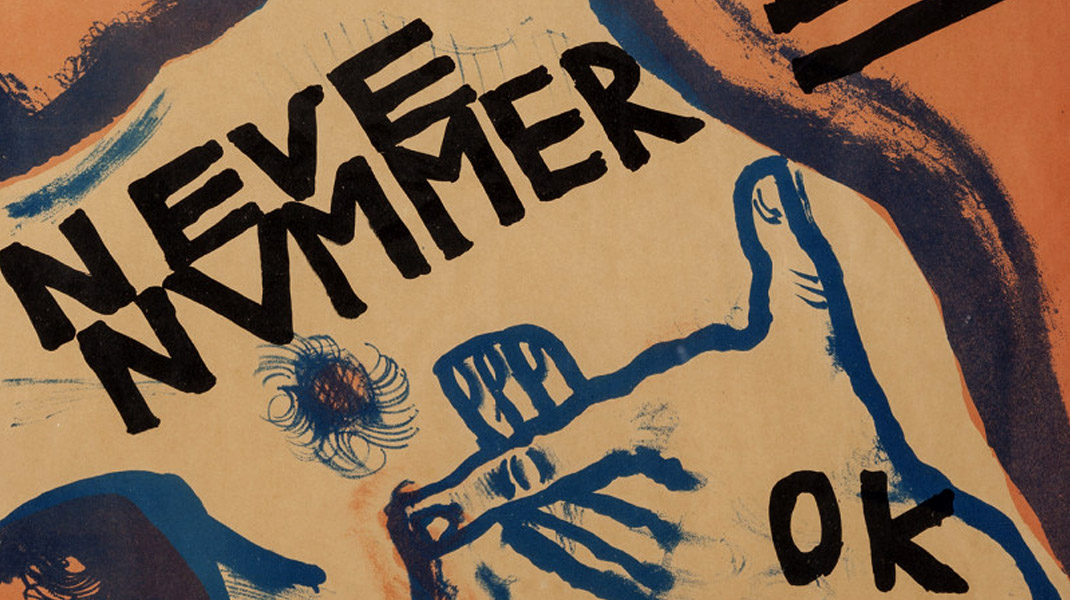Following the last trend of nazi-art-revival launched by George Clooney with his movie “The Monuments Men”, the exhibition “Degenerate Art: The Attack on Modern Art in Nazi Germany, 1937 “ has just opened at the Neue Gallery in New York. A group exhibition that brings together some of the works banned during the Nazi regime in Germany because they were labeled as “degenerate”. The collection includes works by Max Beckmann, George Grosz, Erich Heckel, Ernst Ludwig Kirchner, Paul Klee, Oskar Kokoschka, Ewald Mataré, Karel Niestrath, Emil Nolde, Christian Rohlf, Karl Schmidt-Rottluff and other artists exhibited in the famous “Degenerate Art Exhibition” opened in Monaco in 1937 and then shown in Austria and Germany until 1941. Many of the exhibited artworks have been lost, destroyed or sold to fund the Drittes Reich. Other artworks survived and turned into one of the most authentic witness to the cultural slaughter accomplished by the Nazis. Destroying an artwork means to destroy a piece of history, delete the most vivid testimony of human culture. Seen through the eyes of today, it seems absurd to consider a work of Marc Chagall or Wassily Kandinsky as something degenerate or as a threat to national defence. Nevertheless they were for the Nazis. One of the most terrifying military powers in the history of mankind was scared by a surrealist painting or a cubist portrait. That’s the power of art. The art’s revolutionary force is something that frighten, because art makes people think and the free thought is the greatest danger to a dictatorship. In this direction, art can not avoid degeneration. Art itself is an avant garde and, as such, it ought create degeneration. Degeneration in the most positive meaning of creating something new, changing the flow of history and the status-quo with its provocation. The degeneration itself is a key step of evolution. Every change is passed by the degeneration of the previous moment that has made its way to its natural transformation.
